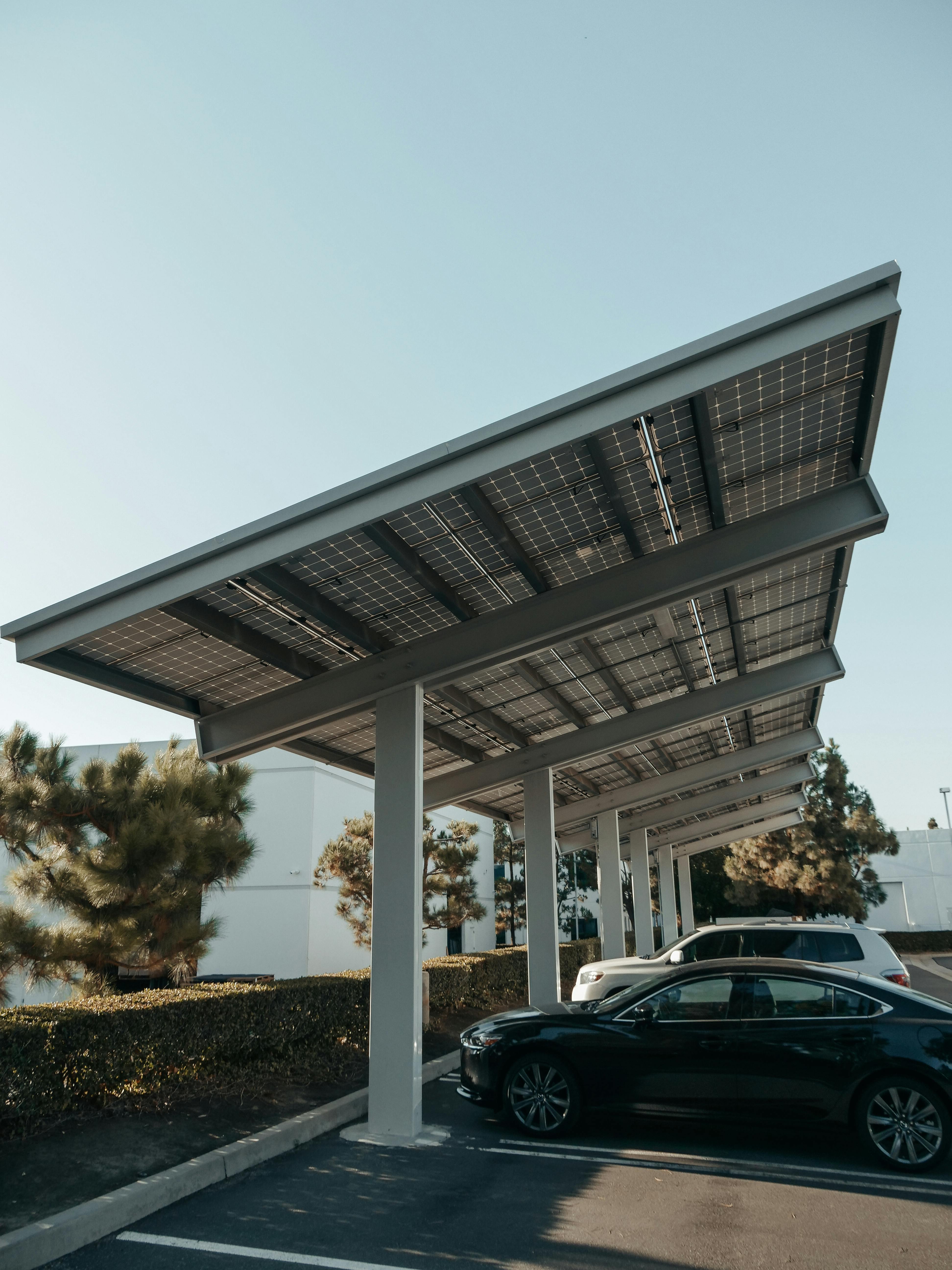If electric vehicles (EVs) still rely on a coal-heavy grid for charging, are they really cleaner than internal combustion engine vehicles? What’s more, with EV demand surging in Indian cities like Bengaluru, this could increase CO2 emissions from the sector. As a cleaner and scalable charging solution, rooftop photovoltaic (RTPV)-based EV charging stations (EVCS) are a viable option. So, what is holding back the wider uptake of RTPV-EVCS?
Bengaluru, for instance, is expected to have 23 lakh EVs on its streets by 2030, with a projected energy demand of 3–4 billion units (BU). Continuing to rely on the current energy mix for charging would lead to an additional 1.5–2 million tonnes of CO2 emissions. To switch to RTPV-based charging, around 2.5 GW of solar panels will be required across the city. Although Bengaluru has the rooftop capacity to support this, commercial constraints have hindered the adoption of RTPV-EVCS in the city.
Without appropriate course correction, commercial challenges will lead to continued dependence on grid-based EV charging reliant on fossil fuels. With rising demand, this practice places significant pressure on the grid, driving the need for costly infrastructure upgrades, expanded generation capacity, and more complex grid management. Pursuing the solutions discussed above could create lucrative business opportunities for private investors, easing the burden on the government and DISCOMs. The urgency of this issue is already apparent. With the right policy environment and enabling frameworks, RTPV-EVCS can be effectively scaled for delivering decentralised and clean energy for urban mobility—fulfilling the vision of EVs powered by rooftop solar as the cornerstone of clean, resilient cities.

